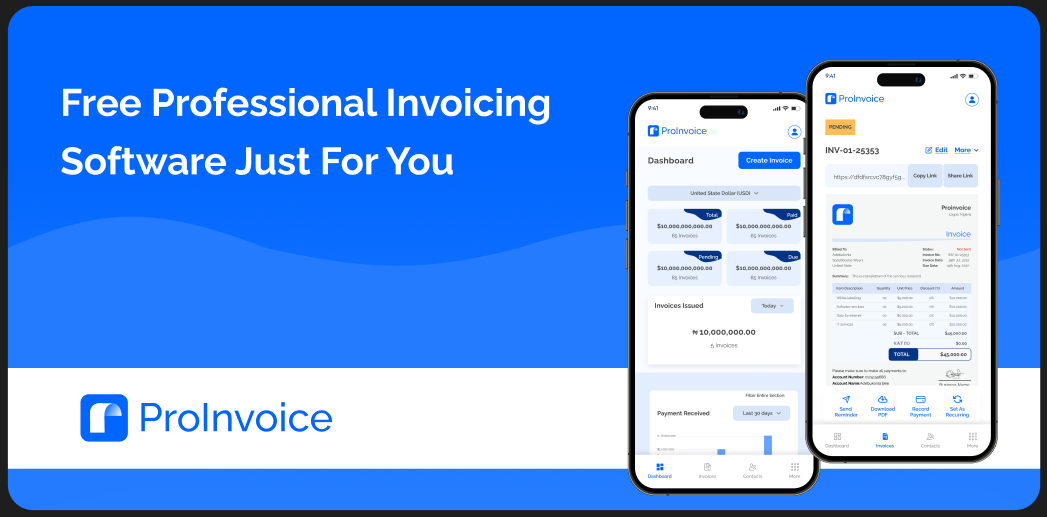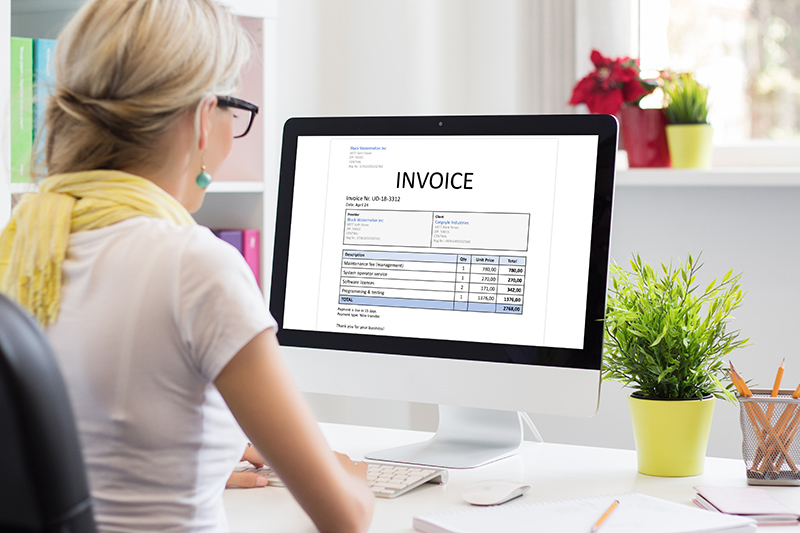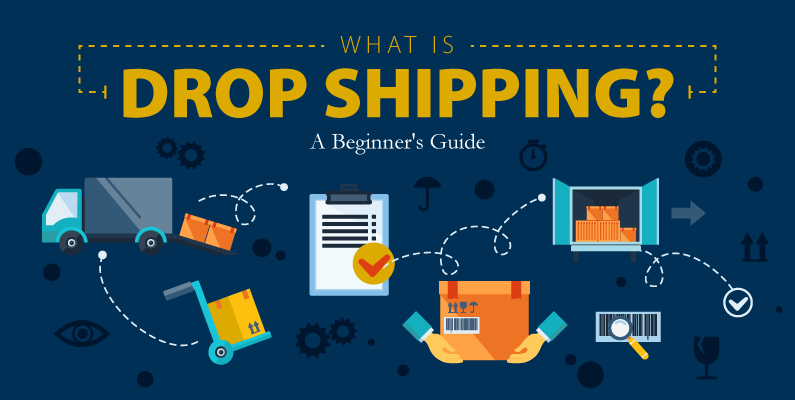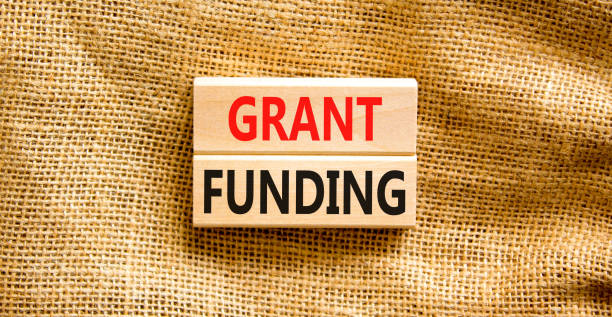Invoice vs Receipt: Clear Differences and When to Use Each
Understanding the difference between an invoice and a receipt is essential for every business owner, freelancer, and service provider. When you mix them up, you confuse clients, affect your records, and create unnecessary payment delays. Because of this, many businesses in Kenya, Ghana, Nigeria, and across Africa are now turning to online invoicing tools like ProInvoice (https://proinvoice.co/free-invoice-generator-ng) to manage both documents correctly.
In this guide, you will learn the real difference in the invoice vs receipt comparison, when to use each document, why both matter for compliance, and how you can automate everything with ProInvoice.
Stay organized as you grow. Use ProInvoice to manage billing and client relationships with ease.
What Is an Invoice?
An invoice is a formal request for payment. Businesses send invoices before money is paid. The purpose is simple: show what the client owes, when payment is due, and how to pay.
Since invoices serve as financial, tax, and legal documents, accuracy matters. When you use online tools such as ProInvoice (https://proinvoice.co/free-invoice-generator-ng), you create error-free invoices within minutes and track their status automatically.
Key Features of an Invoice
- Issued before payment
- Shows amount owed
- Includes due date
- Indicates payment method
- Lists goods or services supplied
- Helps track unpaid payments
- Supports tax and VAT compliance
- Required for business record-keeping
When to Use an Invoice
You send an invoice when:
- A client owes you money
- You want to collect partial or full payment
- You deliver a service and expect payment later
- You supply products on credit
- You need to establish official proof of money owed
For businesses that bill repeatedly, ProInvoice (https://app.proinvoice.co/auth/register?code=SEO) even allows you to automate recurring invoices.
What Is a Receipt?
A receipt is proof of payment. You issue it after a client has paid. The purpose is to confirm that money was received, the amount paid, the date of payment, and what the payment was for.
Receipts protect both the business and the customer. They help confirm that no payment was missed and that the business fulfilled its financial obligation. With ProInvoice’s mobile app (https://proinvoice.co/mobile-app/), issuing receipts becomes instant and fully digital.
Key Features of a Receipt
- Issued after payment
- Confirms money received
- Shows payment date and method
- Lists amount paid
- Includes transaction reference
- Acts as proof for audits
- Supports accounting and tax filing
When to Use a Receipt
You issue a receipt when:
- A customer pays you
- You need payment confirmation for records
- A client requests proof for reimbursement
- You want to close a transaction officially
Stay organized as you grow. Use ProInvoice to manage billing and client relationships with ease.
Invoice vs Receipt: What’s the Difference?
Although many entrepreneurs use both terms interchangeably, the documents are different. This is why understanding invoice vs receipt is so important.
Below is a clear breakdown:
| Invoice | Receipt |
|---|---|
| Request for payment | Proof of payment |
| Issued before payment | Issued after payment |
| Shows amount owed | Shows amount paid |
| Includes due date | Includes payment date |
| Used for billing | Used for confirmation |
| Helps track unpaid invoices | Helps track completed payments |
| Prevents revenue loss | Prevents payment disputes |
Because the roles are different, you must use them correctly. With ProInvoice, you can create both documents seamlessly without mixing things up.
Why the Invoice vs Receipt Difference Matters
Many SMEs lose money because they misunderstand the two documents. When you know the correct use cases, you strengthen your business financially and legally.
Below are the key reasons it matters:
1. Proper Documentation Improves Cash Flow
When you issue invoices correctly, clients know exactly what they owe and when to pay. This reduces delays. After payment, issuing receipts closes the loop clearly.
2. Supports Tax Compliance
Tax agencies in Kenya, Ghana, and Nigeria require clean records.
Invoices show income expected.
Receipts show income received.
Using a tool like ProInvoice helps you stay compliant effortlessly.
3. Reduces Disputes
When a client claims they “did not owe” or “already paid,” proper documents protect you.
4. Strengthens Your Professional Image
Clear invoicing and receipt processes make your business look credible.
5. Simplifies Accounting
Accountants need both documents:
- Invoices for accounts receivable
- Receipts for completed transactions
ProInvoice stores everything digitally, making bookkeeping simple.
Stay organized as you grow. Use ProInvoice to manage billing and client relationships with ease.
Examples of When to Use an Invoice vs Receipt
Scenario 1: A Graphic Designer
- Invoice: Sent after completing the design project.
- Receipt: Issued after the client pays.
Scenario 2: A Small Retail Shop Selling on Credit
- Invoice: Given when the customer takes goods.
- Receipt: Provided when the customer returns to pay.
Scenario 3: A Photographer Taking Advance Payment
- Invoice: Sent for the advance fee.
- Receipt: Issued after the deposit is paid.
Scenario 4: A Consultant Working on Monthly Retainers
- Invoice: Sent monthly for services.
- Receipt: Issued once monthly payment is made.
With ProInvoice, you can automate all these processes to avoid errors.
How ProInvoice Helps You Manage Invoices and Receipts
The entire invoice vs receipt process becomes easier when you use a digital system. ProInvoice gives you everything you need to manage both documents efficiently.
Here’s what you can do:
1. Create Professional Invoices Instantly
Using the free online invoice generator (https://proinvoice.co/free-invoice-generator-ng), you can design and send invoices within minutes.
2. Track Invoice Status in Real Time
Know when clients:
- View your invoice
- Accept it
- Decline it
- Pay it
This greatly reduces delays.
3. Generate Receipts Automatically
Once a client pays, ProInvoice helps you create clean digital receipts instantly.
4. Use the Mobile App to Work on the Go
With the ProInvoice App (https://proinvoice.co/mobile-app/), you can:
- Send invoices
- Issue receipts
- Track cash flow
- Manage clients
- Record payments
Everything stays synced to your account.
5. Automate Recurring Billing
For retainer clients or subscription-style businesses, recurring invoices save hours of manual work every month.
6. Stay Tax-Compliant
ProInvoice helps you:
- Record VAT
- Track revenue
- Download transaction history
- Prepare for audits
7. Provide Clients with Clear Documentation
Clients receive clean, modern, professional-looking documents that increase trust.
Common Mistakes Businesses Make When Handling Invoices vs Receipts
Understanding the difference is not enough. You should also avoid these mistakes:
1. Using an Invoice Instead of a Receipt
This confuses clients and delays payment confirmations.
2. Issuing Receipts Before Payment
This exposes your business to fraud and accounting errors.
3. Forgetting to Send Receipts
Clients may request them later, causing stress and delays.
4. Not Tracking Invoice Status
You forget unpaid bills and lose money.
5. Creating Manual Documents
Paper invoices get lost.
Manual receipts get damaged.
Mistakes increase.
Digital tools eliminate all of this.
Best Practices for Using Invoices and Receipts Together
To manage both documents effectively, follow these strategies:
1. Send Invoices Immediately
Faster invoicing leads to faster payments.
2. Add Clear Payment Terms
Set due dates and methods clearly.
3. Use Automated Systems
Tools like ProInvoice help you organize everything with ease.
4. Issue Receipts Promptly
Clients appreciate clear confirmation.
5. Store Everything Digitally
Never lose a record again.
6. Keep Consistent Branding
ProInvoice lets you customize logos, colors, and layouts.
7. Always Track Outstanding Payments
The dashboard makes this process simple.
Why African SMEs Should Use Digital Tools for Invoices and Receipts
Businesses in Kenya, Ghana, Nigeria, and across Africa are increasingly digital. Paper processes slow you down and lead to mistakes.
Digital solutions help because:
- They reduce fraud
- They increase accuracy
- They support tax filing
- They strengthen professionalism
- They speed up payments
ProInvoice gives you all this in one simple platform.
Final Thoughts: Choosing Between an Invoice and a Receipt
The invoice vs receipt difference is straightforward:
- Invoice = Payment request
- Receipt = Payment confirmation
Both documents matter, and both must be used correctly to avoid confusion, delays, and tax issues.
With ProInvoice, you can generate both in seconds, track what is unpaid, and maintain clean financial records. Whether you are a freelancer, SME, or growing business in Kenya, Ghana, or Nigeria, ProInvoice offers the simplest and most reliable way to manage your finances.
📌 Create and send your invoices today using ProInvoice:
https://proinvoice.co/free-invoice-generator-ng
📌 Sign up for full access:
https://app.proinvoice.co/auth/register?code=SEO
📌 Download the mobile app:
https://proinvoice.co/mobile-app/













